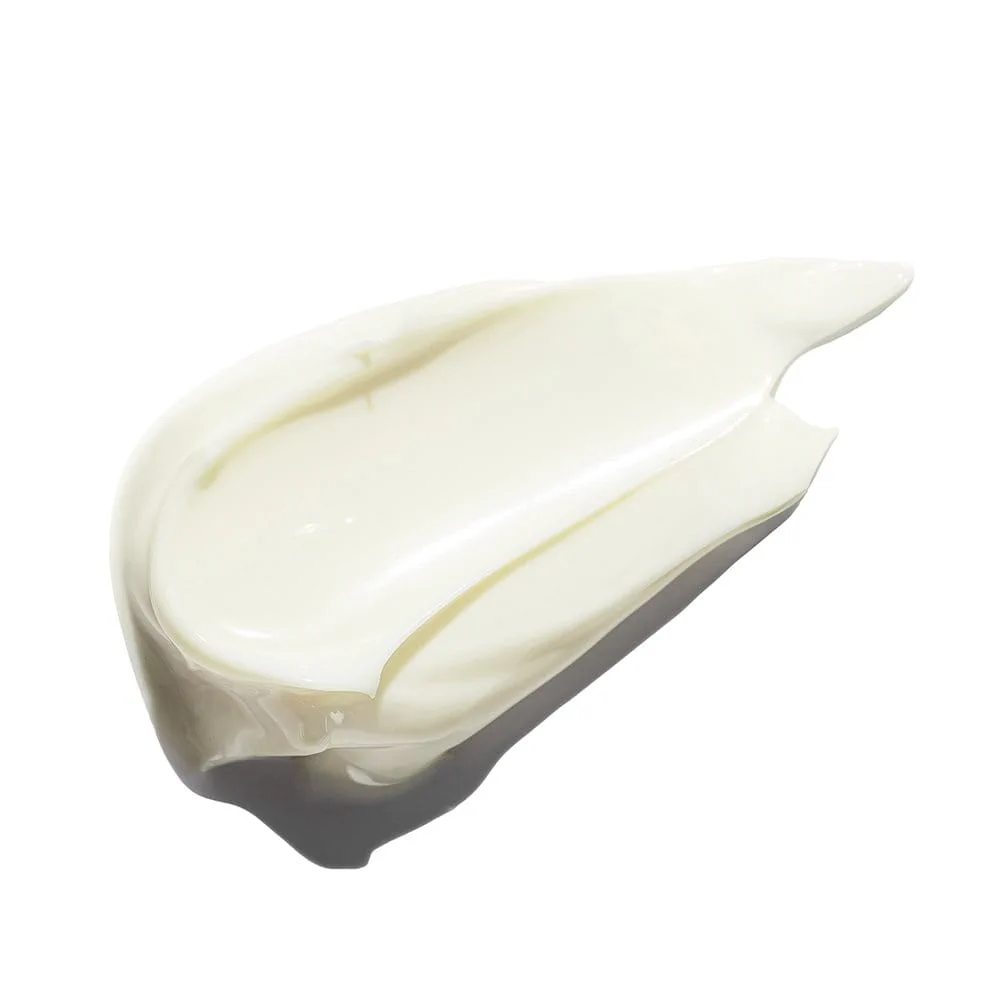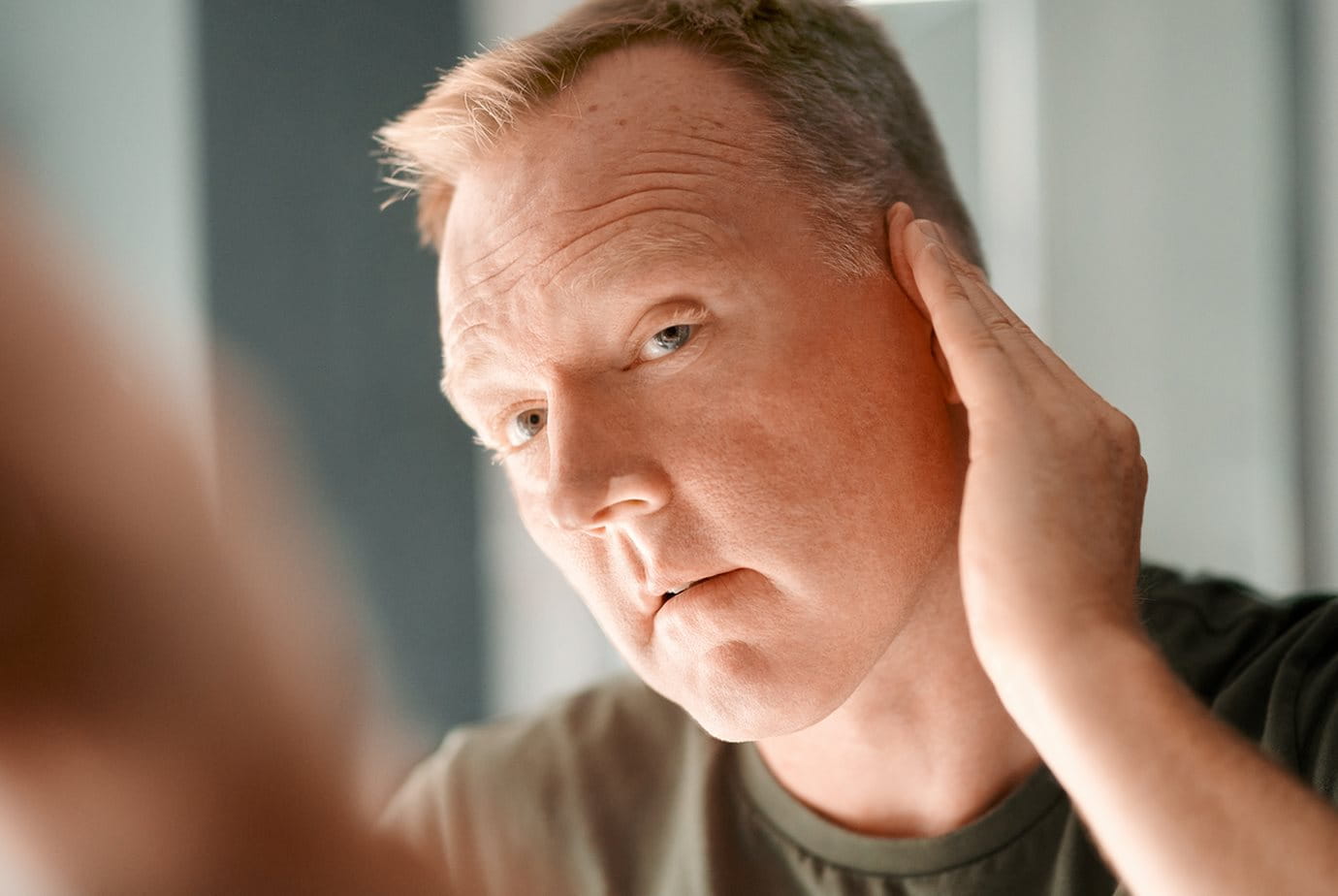What is the difference between UVA and UVB?
UVA rays penetrate the deeper layers of skin. They stimulate the production of free radicals in the skin which cause oxidative stress and can lead to indirect DNA damage where the free radicals modify cellular DNA over time. UVA rays are most commonly associated with photoaging (premature skin aging caused by the sun). They can also trigger sun allergies such as Polymorphous Light Eruption (PLE).
UVB rays provide the energy your skin needs to make Vitamin D and stimulate the production of melanin which is skin’s own protection process to reduce cell damage and is responsible for tanning. UVB rays don’t travel as deeply as UVA rays, penetrating only the outermost layers of skin, but they cause more immediate damage such as sunburn. UVB rays are directly absorbed by cellular DNA which can lead to skin diseases such as actinic keratosis and skin cancer.
Both types of UV can induce hyperpigmentation and may contribute to conditions such as sun spots (also known as age spots) and melasma.
Why is it important to apply and reapply sun protection thoroughly and regularly?
We tend to significantly under-apply protection to vital areas such as the face, neck, head, nose and scalp, which are key areas for over-exposure to harmful UVB and UVA rays. In fact, our study found that men leave 13% of the exposed body’s surface uncovered1 when applying protection.
It is therefore important to apply sun protection evenly to the face and sun-exposed areas of the body. The specified protection factor is only achieved with an applied amount of 2 mg per cm2. Wait for the product to be absorbed first before applying other cosmetic products. Reapply every two hours during sun exposure.
Use finger-length amounts to determine the correct dosage. A finger length equates to roughly two grams of product. Apply as follows:
- Face: ½ finger length ca. 1g
- Neck: ½ finger length ca. 1g
- Scalp: 1 finger length ca. 2g
- Décolleté: ½ finger length ca. 1g
- Per forearm: 1 finger length ca. 2g
- Per back of hand: ½ finger length ca. 1g
1 Internal Beiersdorf study of 2016 on the use of sun protection amongst a sample of 52 (29 women, 23 men)
How can I protect my body from the sun?
Adopting a sensible attitude to the sun is the best way to minimize the risk of sun damage to skin:
- Avoid overexposure to the sun and keep out of direct sunlight during its most intense hours, which is between midday and 3pm.
- Keep skin covered with protective clothing, including a sun hat and glasses, whenever possible.
- Apply sun protection thoroughly, and reapply regularly, to ensure you maintain the level of coverage needed to protect from UV-induced skin damage.
- Remember that sun damage isn’t just for sunbathers. Harmful rays can affect skin even on cloudy days, so any part of your body that is regularly exposed (your neck, face, nose, hands, arms and décolleté for example) should be given appropriate protection all year round.
How do I know if Actinic Control MD SPF 100 is right for my skin?
Use this product if…
- You’re looking for very high sun protection to prevent actinic keratosis or non-melanoma skin cancer.
- You’re looking for very high sun protection as adjunctive to your treatment for actinic keratosis.






